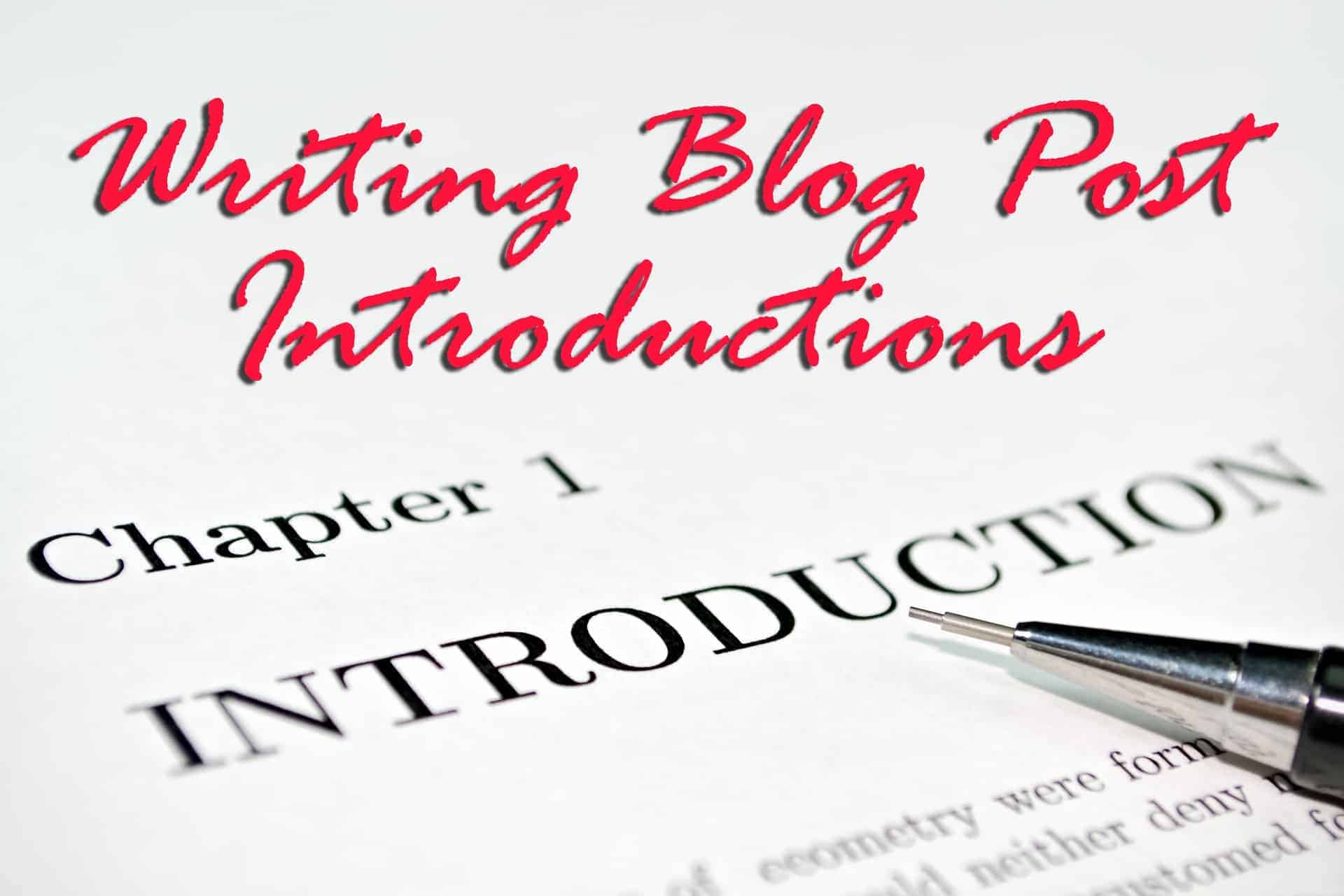
Writing Blog Post Introductions

Are you going to finish reading this post? There’s a good chance you won’t make it much further than this sentence. Most people spend just 15 seconds on a blog post before deciding whether or not to continue reading or jump ship, according to Tony Haile of Chartbeat writing on Time.com. This means that if you do not capture a reader’s attention within this period of time, then you have lost a potential conversion.
The title of your post may initially attract the attention of a visitor, especially if they found your site through a search engine. However, if your first few sentences lack, then you have lost them. Therefore, it is important to create dynamic introductions when writing a blog post, something with which the following can help.
What Is an Introduction?
Technically, an introduction is the first paragraph and typically exists above the fold, which means users do not have to scroll to read it. You probably learned a lot about introductions in your English composition classes, including that a good introduction incorporated a hook and a thesis sentence. An introduction for a blog post is not much different in terms of content. It should include three main elements: the hook, a transition, and the thesis.
Creating a Hook
Strong blog post introductions start with a hook to draw in the reader. It should be interesting, but that does not mean it has to be dramatic or over the top. You want to create a brief and interesting sentence that will draw in your intended audience for the content of your post — and your company. There are many options, such as opening with a controversial opinion, citing dramatic statistics, using a simile or metaphor, stating the obvious or asking a question, according to Neil Patel. For example, this post started with a question directed at the reader to continue to draw him or her into the post and try to keep them reading past the 15 seconds stated above.
The Transition
Now that you have the reader hooked, it is important to keep him or her reading the rest of the post. That’s where the transition comes into play. It can be one sentence or several, depending on your post. It should provide additional information that relates the hook to the rest of your content. You may choose to include some additional information in this section to clarify the title for the reader. Many blog post writers do not pay much attention to the transition or forget it altogether. This can be detrimental, as you lose a chance to show the reader why he or she should continue reading.
Thesis Statement
Just as you did in English class, you should conclude your introduction with a thesis statement. This clarifies the topic so that the reader knows whether or not the information is relevant. Your thesis needs to provide a summary of your intended topic while also giving additional reasons the reader should continue reading. You may simply reiterate the title, but it should also include something more, such as what the reader will benefit from reading the content.
Blog post introductions may be the most important part of your entire article, which can sometimes contribute to writer’s block. It may be beneficial to write the body of your post and then concentrate on developing a strong introduction and dynamic conclusion. This can help with writer’s block while also making it easier to draft your thesis and decide with what hook to open.
- What Does a Content Marketer Do? - April 18, 2023
- Why You Should Be Building Location Pages - April 18, 2023
- Evergreen Content 101: How To Create Content That Lasts - March 12, 2022


